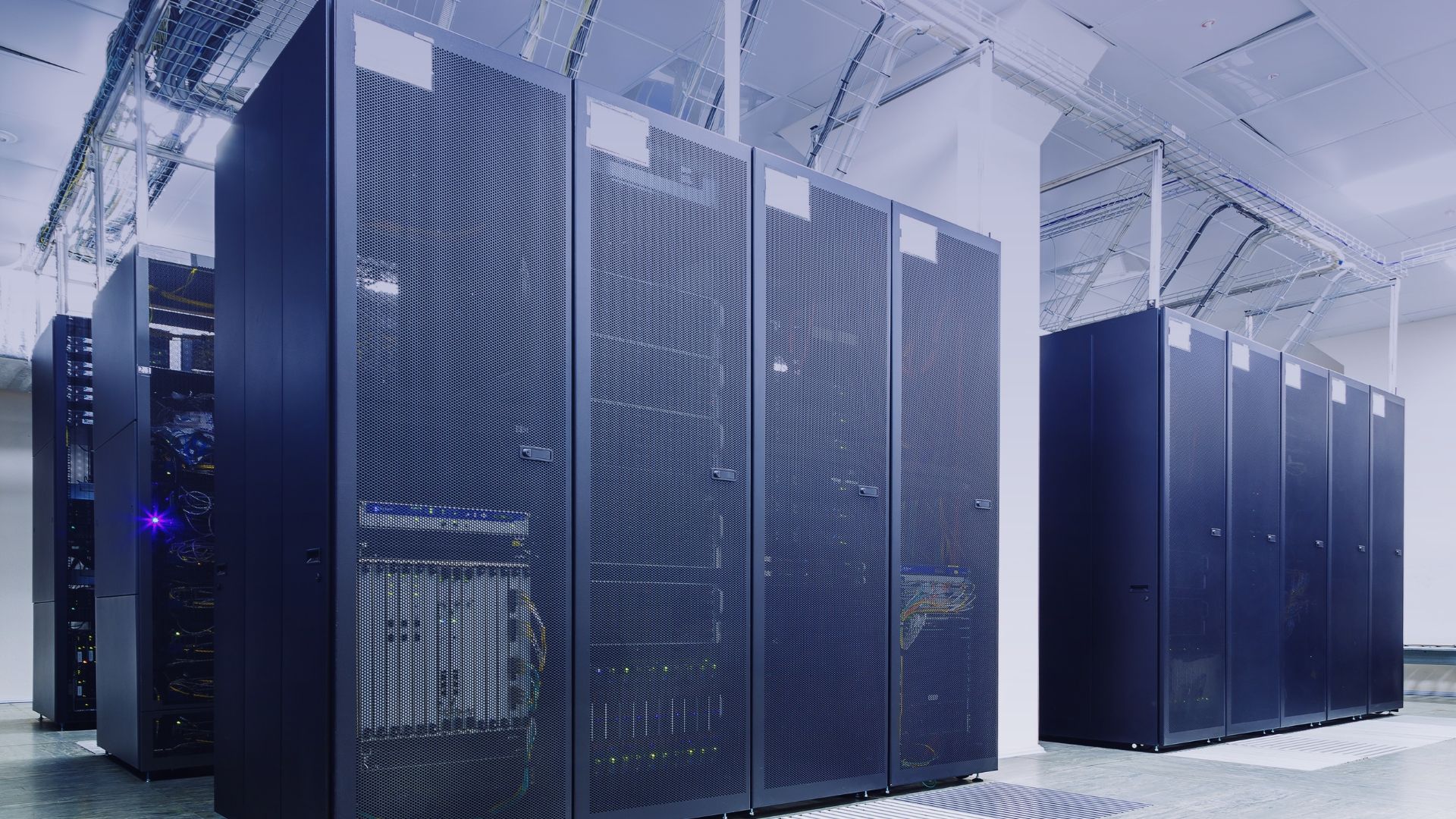Zero-Emission Data Centers: Myth or Achievable Goal?
Zero emissions in a high-energy consumption environment?
Data centers consume between 1% and 2% of all global electricity, according to the International Energy Agency (IEA, 2023). This has led many to question whether a data center can truly achieve net-zero carbon emissions. While it may seem like a distant goal, some companies are already making it a reality — or getting very close.
Real-world cases leading the way
- Facebook (Meta) in Luleå, Sweden, runs on hydroelectric power and uses cold Arctic air as a passive cooling system. It operates with an energy efficiency (PUE) of less than 1.1.
- Google states that it has been offsetting all of its emissions since 2007, and aims to operate on 100% carbon-free energy 24/7 by 2030.
- Microsoft has pledged to be carbon negative by 2030 and has launched innovative projects like Project Natick — an underwater data center that reduces energy consumption and eliminates traditional HVAC systems.
What does “zero emissions” mean?
A zero-emissions data center:
- Operates on renewable energy sources such as solar, wind, or hydroelectric power.
- Offsets its remaining footprint with certified carbon credits.
- Optimizes its energy efficiency (ideal PUE < 1.2).
- Applies standards such as LEED, CEEDA, and ISO 50001.
Recommended Best Practices
- Design with Free Cooling, avoiding chillers whenever possible.
- Use energy management software (DCIM) for continuous monitoring.
- Follow ASHRAE TC 9.9 guidelines to expand temperature ranges and reduce unnecessary cooling.
Conclusion
Net zero is not a myth, but it requires technological, regulatory, and ethical commitment. It is more achievable in countries with strong renewable energy sources. For others, it remains a goal—one that can be reached through realistic steps.



